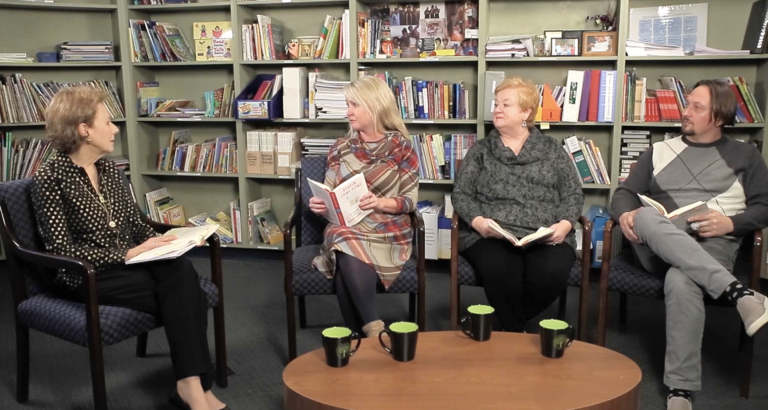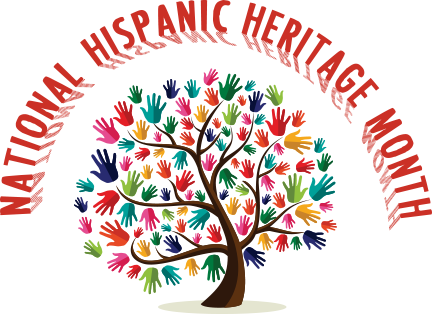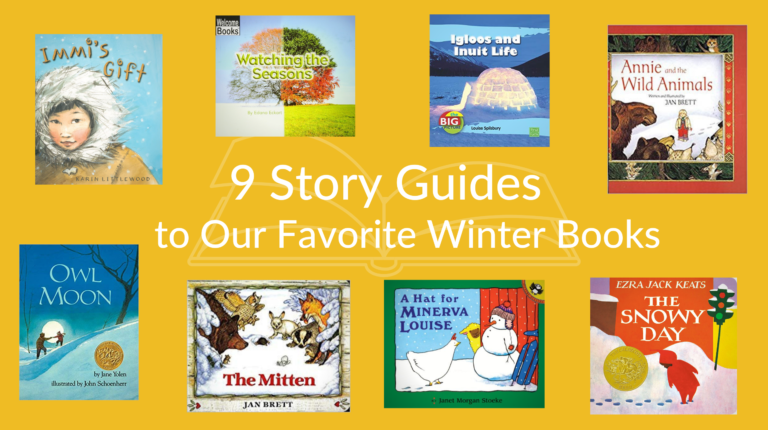Preparing a rising kindergartner can be both an exciting and uncertain time for parents and caregivers . If your child is making the leap into “big kid” school this fall, the pandemic has created even more reasons to feel unsure about whether they are ready. During the last year, many children may have missed out on the social interactions and structured learning experiences that contribute to school readiness.
While none of us can turn back time to give the children in our lives the year we’d imagined for them, we can increase their chances of success by providing them with the kind of solid reading foundation that has been shown to give students an easier adjustment to kindergarten. And if you and your child are reading together, you’re already on the right track. Decades of research show reading at home has a measurable impact on kids in terms of their skill development. Let’s take a deeper dive into the idea of school readiness and discuss three specific areas that are key in preparing your child for their big classroom debut.
So, what exactly do we mean when we say school readiness? It can’t be defined with just one word, but instead encompasses physical development, social-emotional development, cognition and general knowledge, language and literacy milestones, and more. For now, we’re going to narrow our focus on “reading readiness” and provide you with three key areas to include in your kindergarten readiness checklist. Each of these will help your child start the upcoming school year on the right foot.
Alphabet Knowledge
One of the first building blocks for early literacy is alphabet knowledge. A child’s ability to grasp letter names and shapes is a strong predictor of their success in learning to read. By kindergarten, children should be able to recognize at least some, if not all of their letters, including both upper and lowercase. Get kids interested in practicing their knowledge with fun activities like tracing letters in sand or spices, creating playdough letter forms or looking for letter shapes in nature.
Concepts of Print
Also known as Print Awareness, Concepts of Print includes knowledge of what books, print, and written language are, and how they function. While it encompasses a range of concepts that allow the reading process to happen, most importantly, children should understand print conveys a message. Printed letters make sounds and those letters combine to make words that have meaning. Increasing a child’s level of awareness and understanding can be as simple as pointing out the print you see in your daily life, such as street signs, menus, food packaging, etc. It’s also important for kindergarten students to be able to properly hold a book and understand that pages are read from left to right. Try letting your child hold the book when you read together, while you use your index finger to highlight the words you’re reading.
Phonological Awareness
What is phonological awareness? When we discuss a child’s phonological awareness, we are talking about their ability to recognize and manipulate sounds of the English language. This includes a range of skills, including identifying syllables, recognizing and blending sounds, and picking out rhyming words. An important, and often last to develop, aspect of phonological awareness is called phonemic awareness. A phoneme is the smallest unit of sound in the english language — like /g/ or /f/. And because there are more letter sounds than alphabet letters, there are actually 44 phonemes in the English language.
If you’re still feeling nervous about your child’s language and reading skills, remember not every child reaches developmental milestones at exactly the same pace. With many children having spent the last year at home, there is sure to be a wide range of ability amongst the youngest students. Check out the Cox Campus Pop-Up Early Learning courses to find educational activities, morning songs that build language skills, story reads that emphasize age-relevant vocabulary, and enrichment activities that build motor & math skills.



